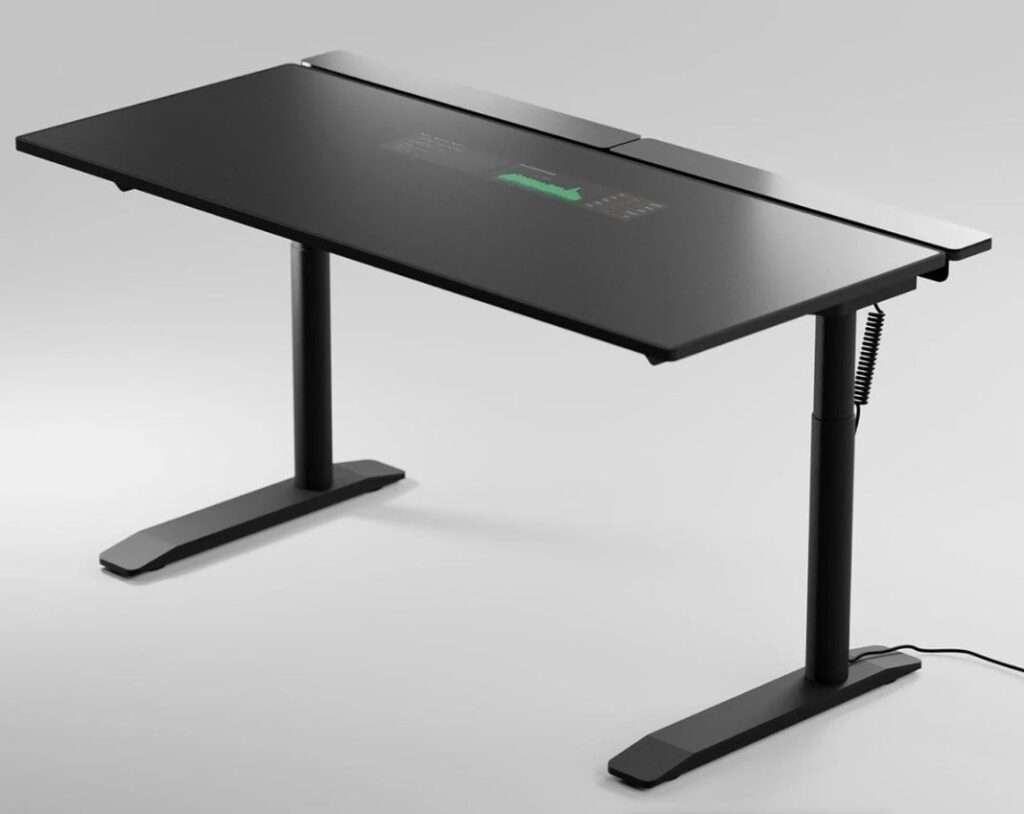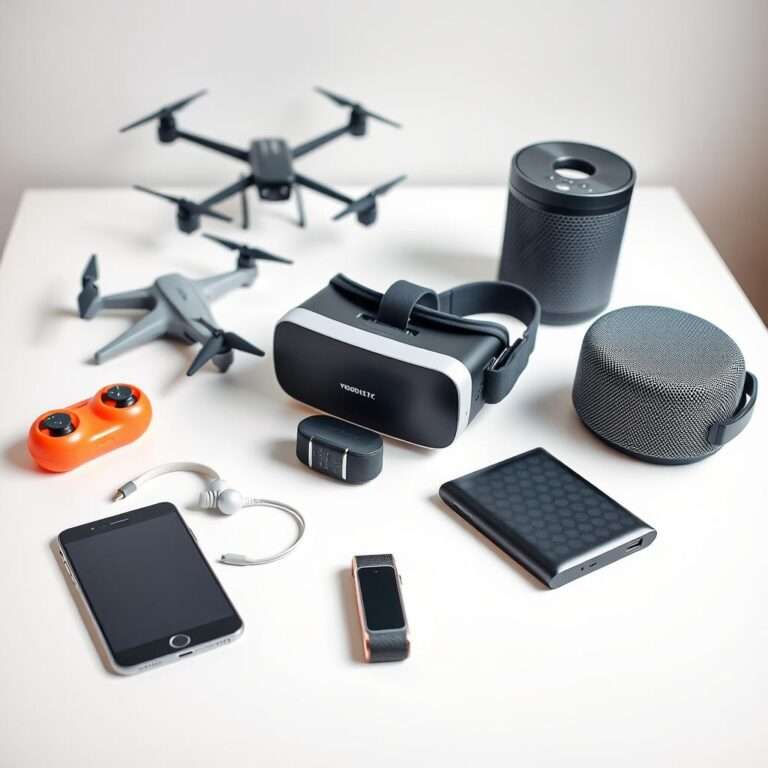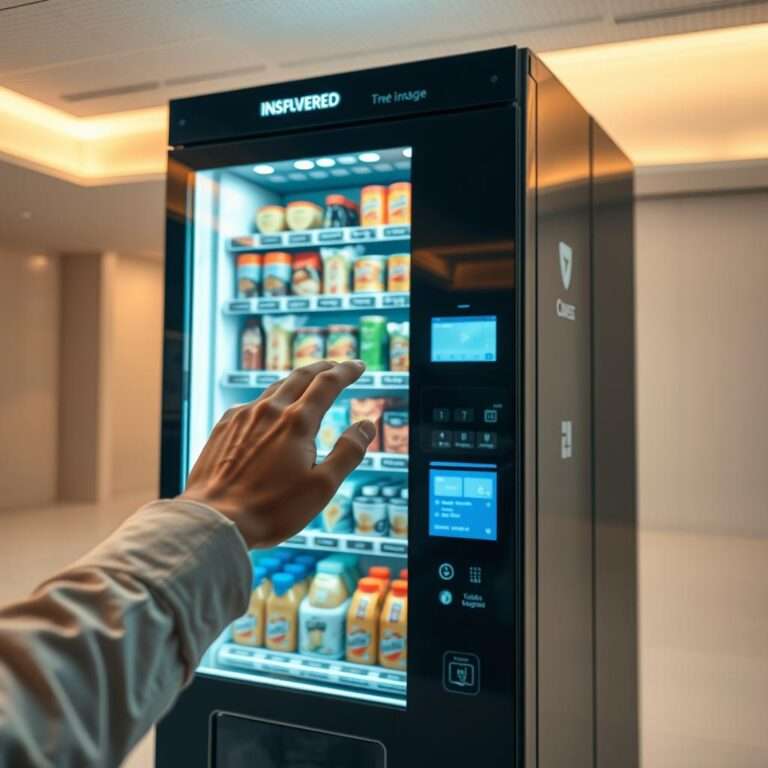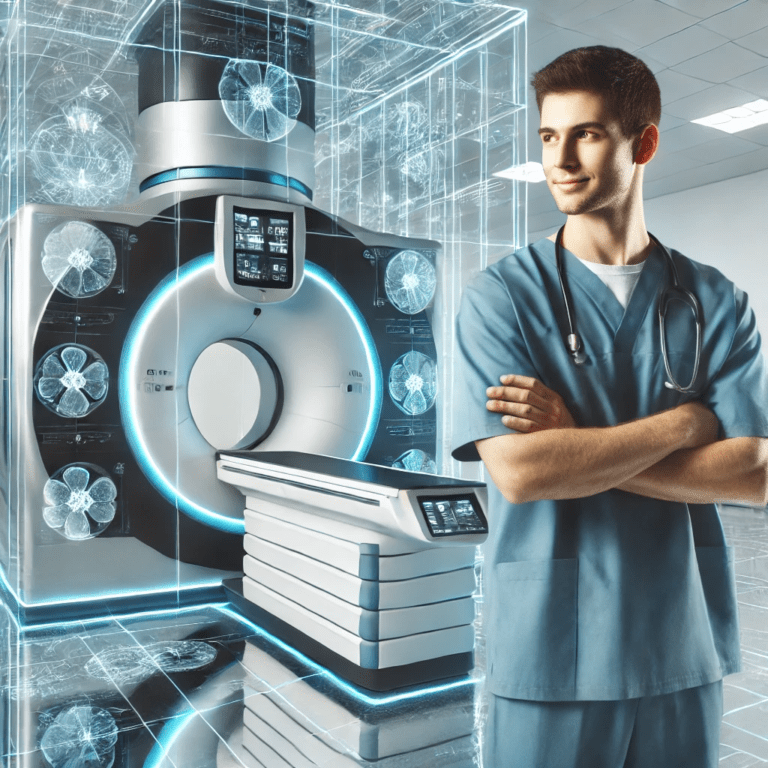
Technology is becoming more and more ingrained in every part of our fast-paced lives, including our offices. The emergence of the smart desk is one of the most noteworthy advancements in office settings. A smart desk is an intelligent workplace intended to improve ergonomics, productivity, and connectivity—it’s more than just a piece of furniture. Smart desks, with features like integrated apps, built-in wireless chargers, automated height adjustments, and health-tracking capabilities, are revolutionizing the way we work and interact with our environment. This article examines the development, characteristics, advantages, and prospects for smart workstations. Knowing the benefits of a smart desk can make a big difference in your working experience, whether you’re a corporate employee, student, or remote worker.
1. What is a Smart Desk?
A Smart Desk is a cutting-edge piece of furniture with technology integrated for maximum comfort, productivity, and usefulness. Smart workstations incorporate contemporary elements like the following, in contrast to classic desks that only provide a flat surface:
- Height adjustability: The ability for users to alternate between sitting and standing thanks to automated or manual controls.
- Built-in charging ports: USB and wireless charging ports built right into the device for tablets, cellphones, and other gadgets.
- Systems for managing cables: Made to keep power wires neat and hidden to minimize clutter.
- Connectivity of smart homes: Control desk functions and connected devices via integration with voice assistants like Alexa or Google Assistant.
- Health monitoring: Some workstations have sensors that measure calories burned, sitting/standing duration, and posture.
- Health monitoring: Smart desks are popular with everyone who wants to increase comfort, productivity, and organization in their workspace—not just computer fanatics.
2. Key Features of a Smart Desk
2.1 Automated Height Adjustability
One of the standout characteristics of smart desks is its automated height adjustment. Users may move between sitting and standing with ease thanks to this throughout the day. Research has indicated that switching between these postures can enhance circulation, lessen back pain, and boost output. Preset memory settings are a common feature of smart desks, enabling users to store and quickly switch between their favorite heights. Certain sophisticated models use sensors that modify the height according to the user’s posture, resulting in a more seamless and user-friendly transition.
2.2 Ergonomic Design
Smart workstations prioritize the promotion of ergonomic well-being. Extended periods of sitting combined with poor posture have been related to a number of health problems, such as neck strain, carpal tunnel syndrome, and back pain. With ergonomics in mind, smart desks feature programmable configurations that let users configure chairs, keyboards, and monitors to lessen physical strain on their bodies. In order to help users maintain better posture and be more active during the workday, some smart desks even have built-in reminders to encourage users to move around, stretch, or take breaks.
2.3 Wireless Charging and USB Ports
It’s crucial to keep gadgets charged in today’s tech-centric environment. In order to keep phones, tablets, and other devices charged, smart desks frequently include integrated USB connections in addition to wireless charging pads for compatible devices. This removes the necessity for additional wires and adapters to clog up the surface of the desk. Because built-in charging is so convenient, users may continue working without pausing to look for outlets or charging cables.
2.4 Cable Management Solutions
With integrated cable management solutions, smart desks solve the issue of cable clutter, which is a prevalent problem in offices. In order to maintain a neat and clutter-free desk surface, these solutions frequently involve cable trays, clips, or channels that keep wires organized and out of sight. Users may concentrate on their work instead of untangling cables or fiddling with power strips when there are fewer cords to handle.
2.5 Smart Home Integration
With the use of virtual assistants like Apple’s Siri, Google Assistant, or Amazon Alexa, users can use voice commands to operate the capabilities of many smart desks that are integrated with smart home ecosystems. For example, customers can ask their helper to change the height of their desk or turn on pre-configured lighting around their workplace. Some desks also integrate with fitness trackers or productivity apps, providing real-time feedback on work habits and health indicators.
2.6 Health and Wellness Tracking
Certain intelligent workstations prioritize well-being by integrating health-monitoring sensors into their design. These sensors track a number of parameters, including heart rate, the length of time spent sitting versus standing, and the number of calories burned while standing. A companion app can then show the data, giving the user insights into their activity levels and motivating them to adopt better routines. Because they help workers balance productivity and well-being, smart desks are especially appealing to those who spend a lot of time at their workstations.
3. Benefits of Using a Smart Desk
3.1 Improved Productivity
Because they make it simpler to find a suitable working position, smart desks can contribute to increased productivity. The uninterrupted transition between sitting and standing can help people stay energized all day. Furthermore, a more concentrated work environment is made possible by the seamless integration of smart devices, charging stations, and cable management, which cuts down on the time spent organizing clutter and gadgets.
3.2 Enhanced Comfort and Health
The ergonomics of smart desks is one of its main advantages. Smart desks enable configurable configurations, automated height adjustments, and moving or stretching reminders to promote improved posture and lower the hazards related to extended sitting. The wellness tracking capabilities, which offer insights into daily movement and idle time, can also be advantageous to health-conscious customers since they encourage a more active workplace. Smart desks provide more comfortable working positions and promote movement, which helps lower the risk of musculoskeletal problems, eye strain, and mental tiredness.
3.3 Clutter-Free Environment
Smart desks with integrated cable management systems and charging outlets contribute to a tidy and orderly workstation. A workstation free of clutter not only appears more professional, but it also helps one think more clearly, which improves concentration and creativity.
3.4 Technological Convenience
Smart workstations provide a plethora of high-tech capabilities that improve productivity for tech lovers. These workstations simplify daily duties and make interacting with technology easier because to features like voice-activated controls and wireless charging. In order to further improve the effectiveness of their office, users can also connect their smart desks with other smart home appliances.
4. Popular Smart Desk Models
Leading the way in the smart desk revolution are a number of companies that provide a range of models to accommodate various needs and price points. Among the most well-known manufacturers of smart desks are:
- The Autonomous SmartDesk is a flexible, height-adjustable desk that prioritizes affordability and ergonomics.
- Uplift Desk: Well-known for its sturdy construction and many personalization choices, which include cable management systems and ergonomic add-ons.
- FlexiSpot: Provider of sit-stand workstations with sophisticated motorized functions, such as applications for measuring standing time and integrated positional reminders.
5. The Future of Smart Desks
Smart workstations are expected to advance further as technology keeps developing. Future iterations are likely to include AI-powered functions that modify desk configurations according to user behaviors or preferences. Integration of augmented reality (AR) might also materialize, enabling users to engage with virtual objects displayed on their desk. Furthermore, because smart desks have capabilities that assist lower stress, increase focus, or manage workloads through integrated productivity apps, they may have a greater positive impact on mental health.
Conclusion
The Smart Desk is a tool meant to enhance our work, living, and environment interaction experiences, not just a piece of furniture. Smart dasks are setting the standard for ergonomic features, connected technology, and health-tracking ability in work environments that put comfort, productivity, and wellbeing first. Purchasing a smart dask can significantly improve your everyday work experience, regardless of whether you’re a professional trying to increase productivity or someone looking for a healthy work environment.







